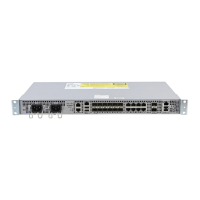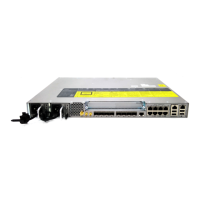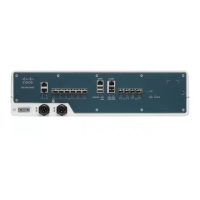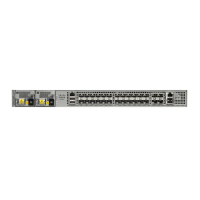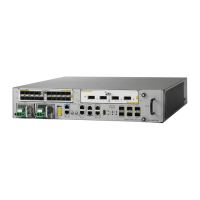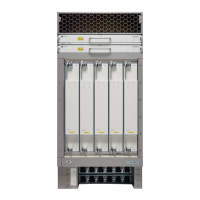CHAPTER 3
UniDirectional Link Detection (UDLD) Protocol
The UniDirectional Link Detection protocol is a Layer 2 protocol that detects and disables one-way connections
before they create undesired situation such as Spanning Tree loops.
•
Information About the UDLD Protocol, page 37
•
How to Configure UDLD Protocol, page 40
•
Configuration Examples, page 44
•
Verifying UDLD Protocol, page 44
Information About the UDLD Protocol
UDLD Overview
The Cisco-proprietary UDLD protocol allows the devices connected through fiber optic or copper (for example,
Category 5 cabling) Ethernet cables that are connected to the LAN ports to monitor the physical configuration
of the cables and detect whether a unidirectional link exists. When a unidirectional link is detected, the UDLD
shuts down the affected LAN port and alerts the corresponding user, because unidirectional links cause a
variety of problems, including spanning tree topology loops.
UDLD is a Layer 2 protocol that works with the Layer 1 protocols to determine the physical status of a link.
In Layer 1, auto negotiation takes care of physical signaling and fault detection. UDLD performs tasks that
auto negotiation cannot perform, such as detecting the identities of neighbors and shutting down misconnected
LAN ports. When you enable both auto negotiation and UDLD, the Layer 1 and Layer 2 detections work
together to prevent physical and logical unidirectional connections and the malfunctioning of other protocols.
A unidirectional link occurs whenever the traffic transmitted by a local device over a link is received by a
neighbor, but traffic transmitted from the neighbor is not received by the local device. If one of the fiber
strands in a pair is disconnected, the link does not stay up as long as the auto negotiation is active. In such a
scenario, the logical link is undetermined, and the UDLD does not take any action. If both the fibers are
working normally in Layer 1, the UDLD in Layer 2 determines whether those fibers are connected correctly
and whether the traffic is flowing bidirectionally between the correct neighbors. This check cannot be performed
by auto negotiation because auto negotiation operates in Layer 1.
LAN Switching Configuration Guide Cisco IOS XE Everest 16.5.1 (Cisco ASR 900 Series)
37

